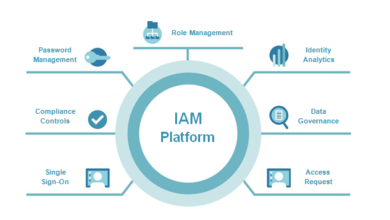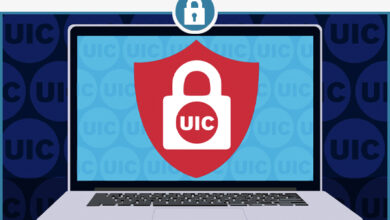Faster than Fast Food: How Technology is Transforming the Quick Service Industry

It’s no secret that fast-food restaurants have changed the way people eat today. What used to be a luxury enjoyed by only the wealthiest individuals has now become available to anyone with enough cash in their pockets to make a quick stop at one of the franchise locations dotting the landscape in every major city and town across the United States.
However, the industry has not always been so quick-paced, and as technology continues to evolve, it’s influencing how fast food will continue to change. Let’s explore how technology transforms the quick-service industry.
The Evolution of Self Service Kiosks
Kiosks are already in use at Taco Bell and Wendy’s, and they’re sure to become more common as organizations try to streamline their business operations. When using a self service kiosk from places like GRUBBRR, customers can order and pay for food without interacting with a human employee—which means that restaurants can save on staffing costs while still offering patrons speedy service.
Touch-less Ordering and Payment Process
More and more quick-service restaurants are introducing electronic payment devices at their locations. This technology will allow customers to quickly pay for their food and save time for restaurant employees by eliminating long lines at checkout.
Streamlining the Back-of-House
Processes like order entry and supply management used to be manual processes that took time and required a lot of people. But as technology has improved, it’s now possible to accomplish these processes faster and more efficiently.
Improved Networks of Communication
Your restaurant can utilize a variety of communication networks for orders and inventory tracking. The two most common are mobile order and pay (MOP) and table service tech, which consists of all self-service technologies.
Automated Management
As a manager, you’ll be able to gain more significant insights into your business and how it works. This can help you create an optimal business model for your company. McDonald’s, Taco Bell, and Wendy’s already used worker-assistance technology in some restaurants, allowing diners to pay at one register and pick up their order at another station.
Features that Reduce Error in Mobile Orders
Mobile order and pay applications have helped quick-service restaurants (QSRs) eliminate human error while increasing sales. For example, there was a study of QSRs using mobile applications. Only 1 percent of orders had an error in that study, compared to 13 percent with traditional ordering methods.
Digital Menus and their Benefits
Some quick-service restaurants are finding that digital menu boards offer a great deal of flexibility and convenience. These menus make it easier for customers to order by including pictures and prices.
As technology keeps advancing, you may not be surprised to learn that mobile apps are now playing an essential role in transforming one of America’s favorite pastimes—eating out. Restaurant chains are now beginning to embrace new technologies that allow customers to place orders directly from their smartphones without waiting for a human employee.



